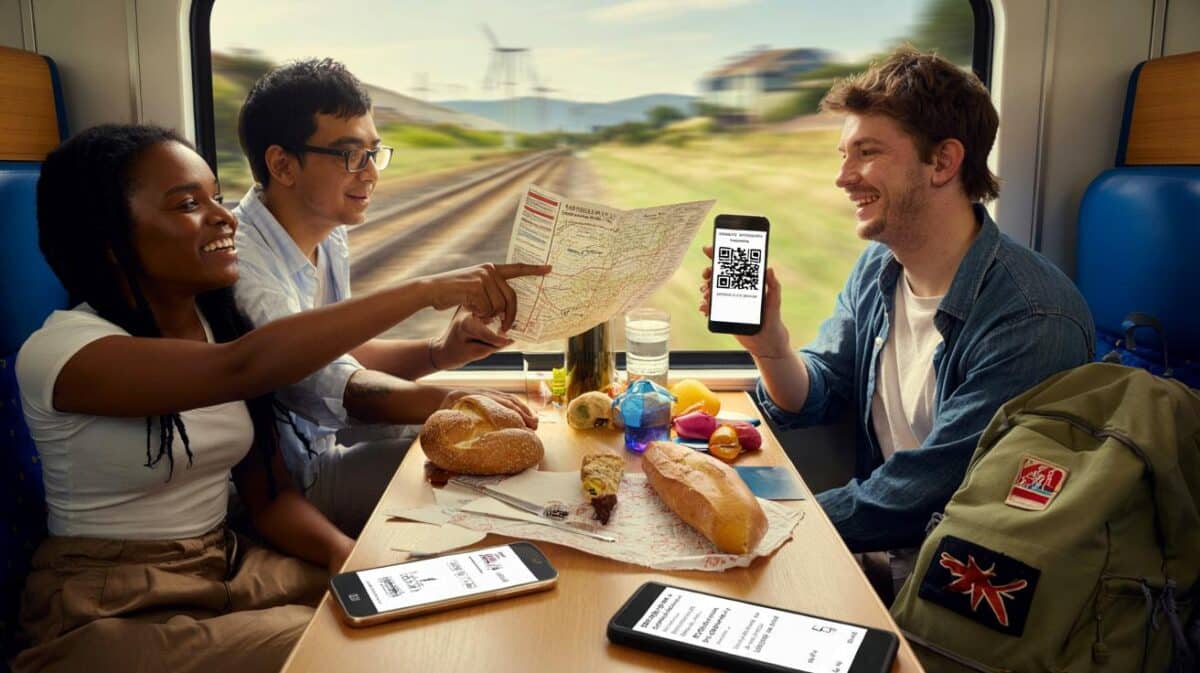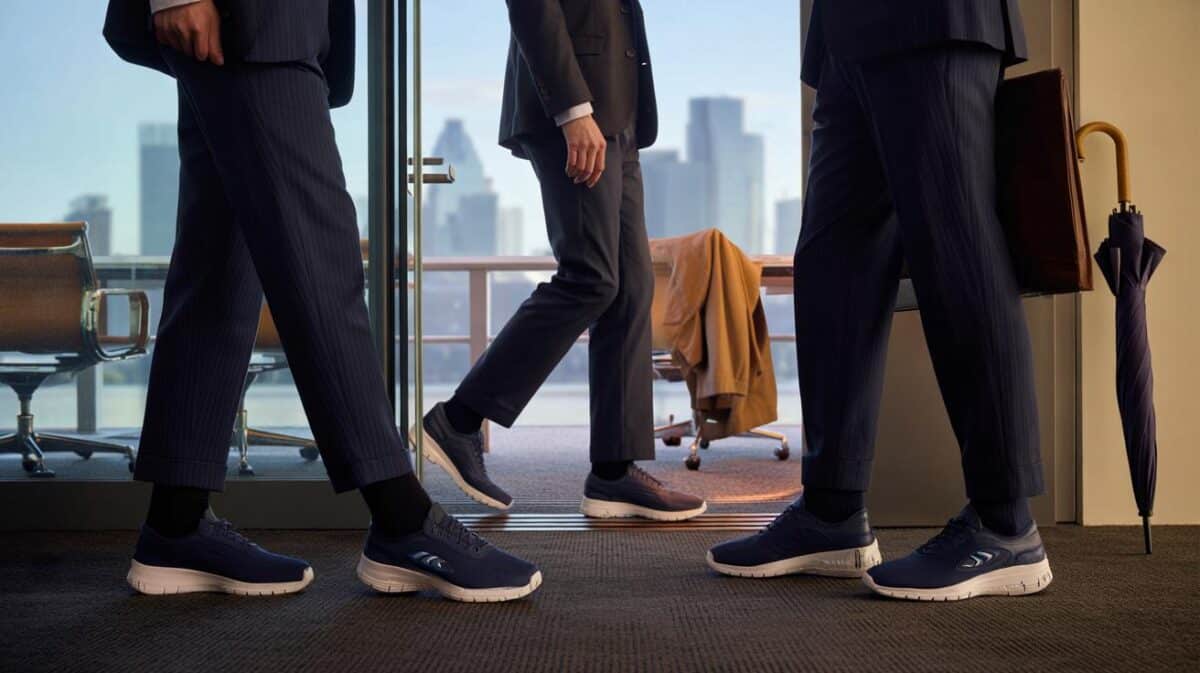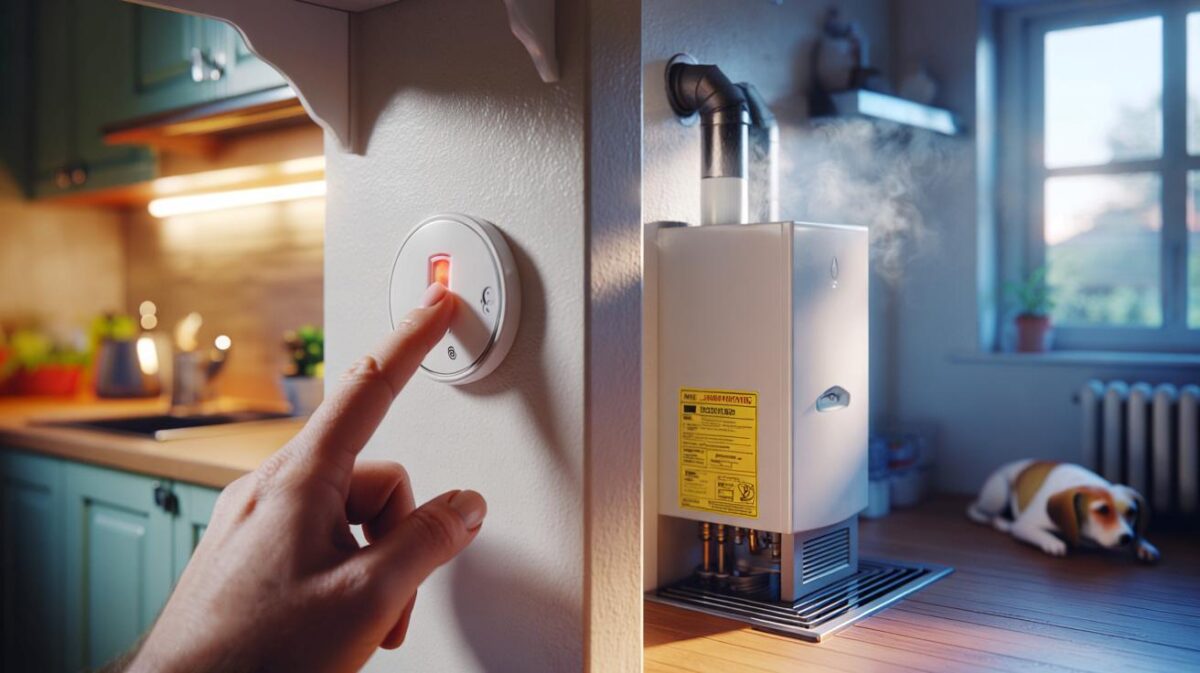Your pasta lands, glossy as theatre lights, but your phone turns it grey and flat. You tilt, you tap, you sigh. A waiter drifts a candle closer, the table catches a gentle glow, and the basil suddenly looks like it matters. You slip sideways two inches and a window edge sneaks into play. One tap to lock focus, a thumb-slide down, and the sauce stops screaming. Then something clicks you can’t explain. And the chips suddenly looked famous.
Read the room before you shoot
Restaurant lighting is a cocktail: tungsten bulbs, cool LEDs, neon at the bar, sometimes daylight licking in from the street. Each one speaks a different colour language, and your camera hears them all at once. **Light beats filters.** Take five slow seconds to scout the brightest, cleanest source and decide which voice you want.
At a tiny Sardinian spot in Soho, the corner table looked moody and chic, yet every photo came out murky. We swapped seats with the couple by the window—two people, one question, a smile—and the plates came alive. Same carbonara, same phone, different light. It felt like cheating, but it was just physics and manners.
Your eyes auto-correct white balance in real time. Cameras don’t. They guess, then dig in. Mixed light confuses them, so they flatten the scene or nuke the highlights on a glossy plate. Pick a single dominant light, angle the dish toward it, and let shadows fall softly. *The camera breathes easier when the scene has one sun.*
Small moves, big wins
Face the hero edge of the dish toward the nearest window or candle. Tap to focus on the mid-tone—think pasta, not the white plate—then drag the exposure slider down a notch. Lock AE/AF if your phone offers it, and shoot three frames with tiny angle changes. **Move your body before you move a slider.** A white napkin can bounce light into shadows like a pocket reflector.
Common slip-ups happen fast: blasting the harsh phone flash straight-on, parking under coloured neon, or zooming digitally until the sharpness falls apart. Try the phone torch through a napkin for a soft fill held slightly above and behind the dish. If the room flickers under cheap LEDs, switch to burst or a slightly longer night-mode exposure to smooth banding. Let’s be honest: nobody does that every day.
Think of this as a quiet craft, not a stunt.
“Light first, everything else follows,” says a London food photographer I trust. “If you can’t change the room, change your angle.”
- Swap seats to face a window or single lamp
- Use a white menu or napkin as bounce on the shadow side
- Tap, lock focus, then nudge exposure down
- Screen-as-bounce: friend’s phone on a blank white page at 30% brightness
- Place a candle behind the dish for glow, not in front for glare
Make settings feel invisible, not technical
Switch off the auto-HDR if it flattens steam or kills mood; you want contrast to keep texture. Night mode can work at a restaurant if you stay steady and aim for one, clean light source—rest your elbows on the table and breathe out before tapping. If your phone shoots RAW, use it for a single “keeper” frame, then keep the rest simple. Avoid mixed light by leaning a plate five degrees toward warmth or daylight. If the table is glossy, angle your lens to dodge specular glare. ISO rises fast in the dark, so protect highlights first and let shadows be a little moody. A tiny tilt of the plate can turn oil slicks into sheen. Your job is to make the light taste right.
| Point clé | Détail | Intérêt pour le lecteur |
|---|---|---|
| Choose one dominant light | Face the dish toward a window, lamp, or candle | Cleaner colour and fewer muddy tones |
| Control exposure, not filters | Tap to focus, slide exposure slightly down | Richer texture, no blown highlights |
| Use everyday bounce | White napkin/menu or a friend’s phone screen | Soft, flattering fill without gear |
FAQ :
- How do I avoid orange-looking food under warm bulbs?Pick a single warm source and lean into it; tap to focus on the food and lower exposure a touch. If your phone has a white balance slider, nudge it cooler by a small step.
- Is the phone flash ever useful in restaurants?Yes, but bounce it. Point the phone torch through a napkin or bounce off a white menu held above the plate to avoid harsh, front-on glare.
- What if there’s flicker from cheap LEDs?Use burst or night mode to average frames, or change your angle to catch more consistent light from a window or candle. Moving a metre can solve it.
- Should I shoot RAW for dinner photos?Take one RAW “hero” shot if you can stay steady, then switch back to HEIC/JPEG for speed. RAW gives you gentle white balance rescue later.
- Any quick composition tip that helps the light?Turn the plate so the brightest edge is at 10 or 2 o’clock and shoot at a slight diagonal. Light skims the surface and textures pop.







